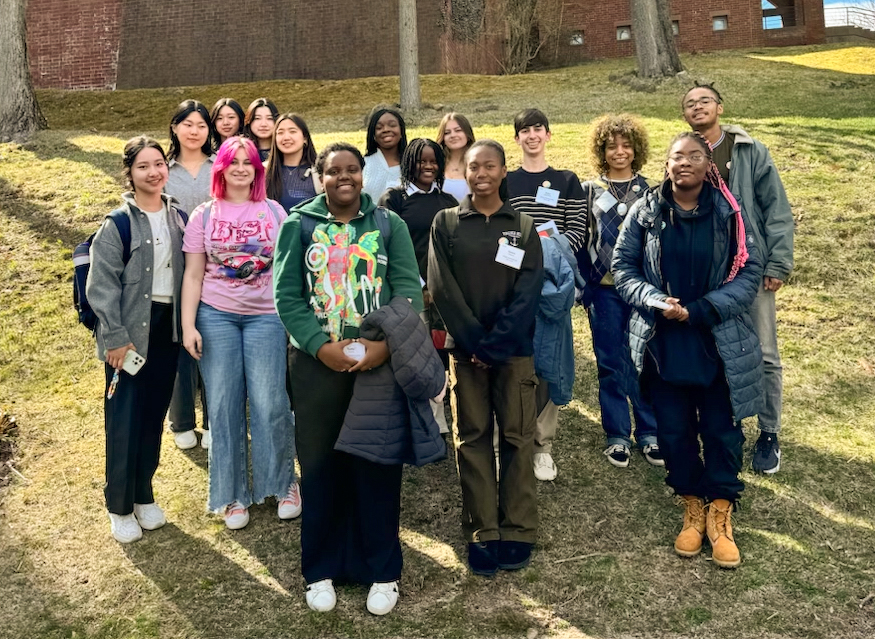For many Choate students, the thought of grammar evokes formidable images of never-ending scribbles by the infamous red ink pen, bleeding corrections covering once-proud work. In order to change this stereotype, the English 100 curriculum will implement a new method of grammar instruction this year: an online resource called NoRedInk.
NoRedInk assists in the comprehension of grammar using unlimited, personalized exercises. The website was created recently by Jeff Scheur, a former English teacher who recognized a problem with the cycle of feedback in classrooms. The website aims to be the connection between the “red ink” on papers and the improvement of grammar in students.
NoRedInk’s uniqueness stems from its dedication to interest-based learning. When signing up, the first step is not a diagnostic test, but rather, a survey on one’s favorite television shows, video games, U.S. presidents, and athletes. These interests are used to form exercises that appeal to students individually. For example, if The Office were selected as a favorite TV show, the exercises may include a grammar question about Jim’s widely acclaimed “stapler in jello” prank.
Another way NoRedInk personalizes each experience is by keeping track of students’ strengths and weaknesses and adapting the exercises to fit their needs. If a question about quotation marks is answered incorrectly, it is followed by a short explanation and three more questions of the same type. This method incorporates immediate feedback and practice, allowing students to capitalize on their mistakes and learn how to avoid the same errors in the future. NoRedInk also gives the English teachers the power to assign students homework that is appropriate for both Choate’s grammar curriculum and the individual student.
One of the leaders in the decision to use NoRedInk in the English 100 class was the English Department Head, Ms. Ellen Devine. “English 100’s grammar curriculum had always been less uniform than 200,” she explained. Because the first year of English starts with broad guidelines, Mrs. Devine realized that it was difficult to find a textbook with the right amount of information. Grammar textbooks gave little opportunity for students to improve their weaknesses, as they were limited to a certain amount of questions and exercises. Over the past year, English teachers searched for new ways to teach grammar by experimenting on both Google Forms and Formative before discovering NoRedInk.
Mrs. Devine explained that the website’s primary benefit is its flexibility in exploring certain grammar points in more depth than others. Another distinctive attribute of NoRedInk that influenced the English Department’s decision is its retention of data on each student’s ability. Teachers are given vital information in order to judge what topics need to be reviewed, allowing them to better suit the needs of their students.
Ms. Devine remains optimistic about the program’s efficacy. She said, “I hope that NoRedInk will save efficient time during class to talk about literature and writing.” Because NoRedInk’s grammar exercises and explanations can be accessed at any moment, the implementation of this program in English 100 will leave more class time for stimulating, literary discussions — minus the red ink.




